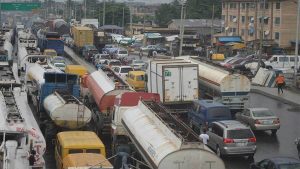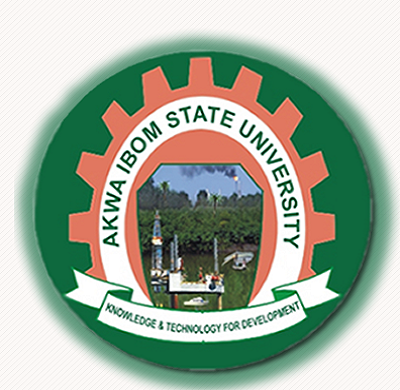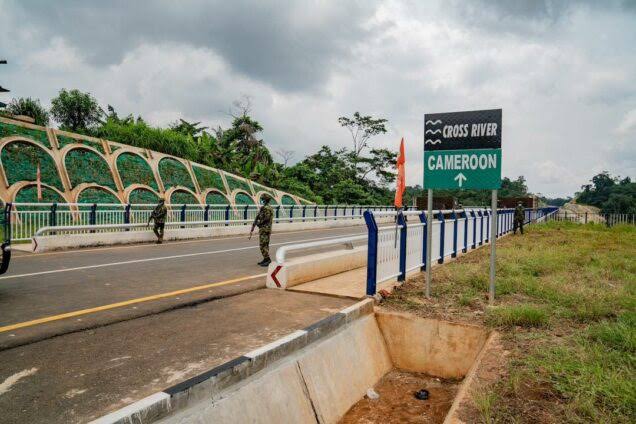Gridlock returns to Apapa amid surging imports, repairs
Road users are back to coping with gruelling gridlock along the Apapa access road after a brief respite that accompanied the rehabilitation and reopening of the Kilometre 2 Apapa-Wharf road and the Ijora link bridge in December 2018.
A ride from the Barracks end of Ikorodu road to inwards CMS on Saturday, for instance, took three hours.
The situation was the same for most commuters that moved around Lagos between Friday and Sunday.
It was not helped when on Friday, the Lagos State Government announced that it would shut Mile 2-Tin Can road for 72 hours in the ongoing rehabilitation of the Apapa-Mile 2-Oshodi road.
In addition to the road construction, the traditional gridlock occasioned by huge traffic inflows into Apapa by this time of the year also compounded the situation.
Additionally, the gridlock has been blamed on cargo volume that had been on the increase since August when the Federal Government shut the borders between Nigeria and neighbouring countries like Benin Republic and Niger.
In November, three months after the border closure, operators of the largest cargo terminal in Lagos ports, AP Moeller, warned of congestion due to rising cargo volume.
In a statement titled “A Call to Action as Container Volumes Rise”, the concessionaire said, “We have recently experienced a substantial increase in volume of containers arriving through the seaports.
“This positive development can be attributed to various positive government policies such as improvement in the implementation of ease of doing business policy, the Agriculture Promotion Policy and closure of land borders to curtail smuggling activities, among others.
“However, if these containers are not cleared by customers soon enough, this volume increase could lead to high yard density which could impact berthing of vessels resulting in vessel queues.
“We are anticipating further improvement in throughput ahead of Christmas and year end.”
The General Manager of the vehicle import terminal, PTML, Tunde Keshinro, confirmed that vehicular imports at the port had gone up by an average of 25 per cent since August.
The situation had resulted in congestion at the entrance to the port gate, making it difficult for trucks to gain quick access and leading to endless queues that have stretched, spilling from the port gates to the bridges.
Maritime and trade experts have worried over the continued congestion of the Lagos ports, asking the government to urgently address the situation.
The Executive Secretary, Institute of Export Operations, Ofon Udofia, said there was no justification to clogging the Lagos ports when Nigeria had seaports scattered across the country.
He said the government needed to invest more to make the eastern ports more viable and attractive to importers.
Udofia dismissed the theory that eastern ports were prone to pirate attacks, saying there was no port in Nigeria that was free of crime.
He said that the level of safety infrastructure and other investments made a lot of difference.
Also, the National Coordinator, Save Nigeria Freight Forwarders, Osita Chukwu, said if most of the cargoes coming to Lagos were sent to eastern ports, it would be easier and cheaper for importers from that area than spending huge money transporting goods from Lagos to the east.







